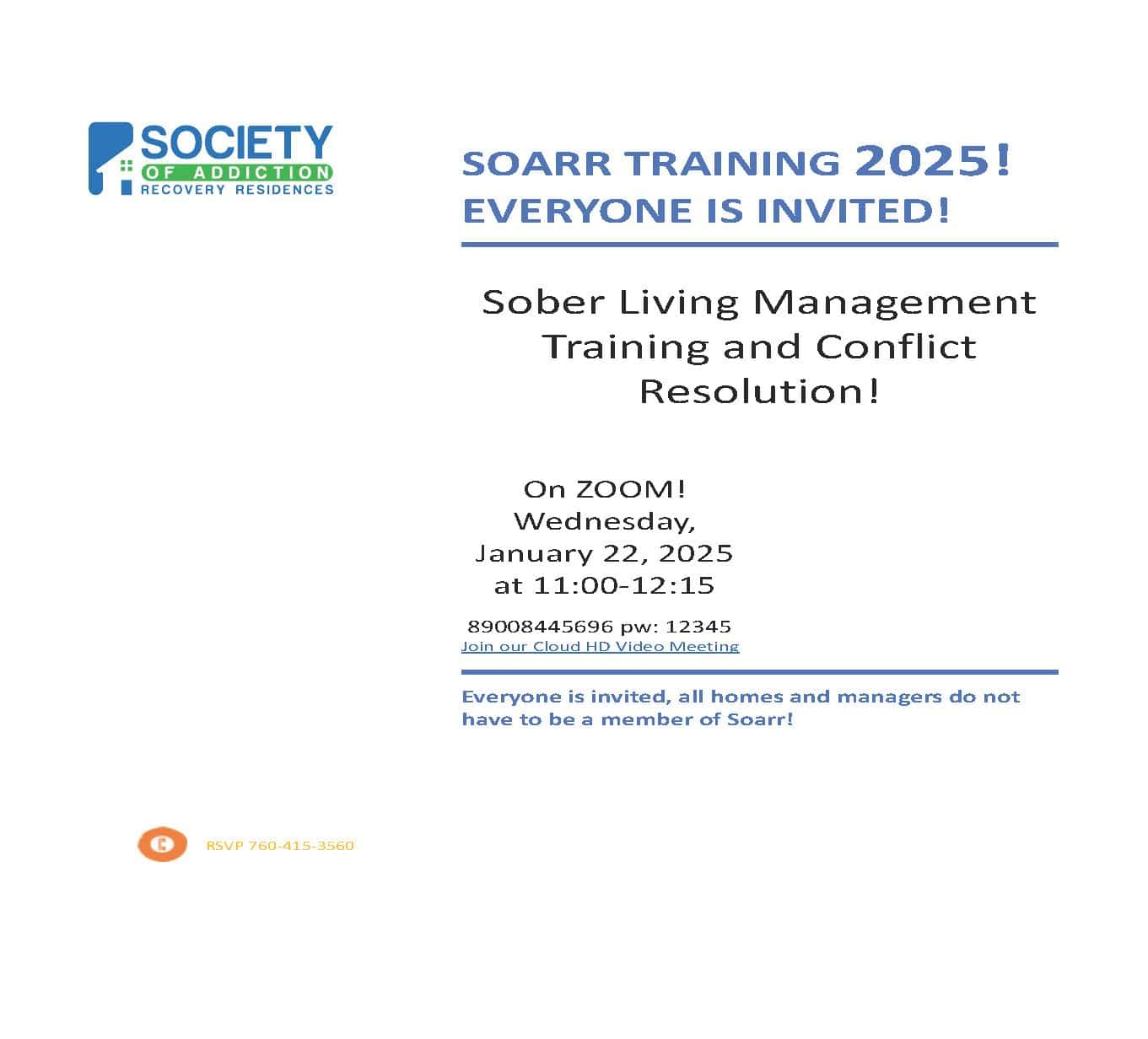The safety of a sober living house is vital for people in recovery, especially those seeking a supportive and safe environment. California sober living homes provide a substance-free living space that is ideal for people transitioning from addiction treatment to independent living.
Sober homes can play a vital role in the recovery process, but they’re not all the same. If you’re considering sober housing, it’s important to research your choices. Learn about their safety, culture, and rules. It’s also a good idea to look into compliance with local laws.
Understanding Licensing and Regulatory Framework
In California, sober living homes may or may not have laws that govern them. If they do not offer therapy or detox, they don’t have the same rules as treatment centers. Homes with six or fewer residents are exempt from state licensing requirements. People who live in these homes are protected under federal and state fair housing laws. Homes can’t discriminate based on disability, gender, sexuality, or other protected characteristics.
However, if a home provides services such as detoxification, personal or group counseling, educational sessions, or recovery planning, it is classified as a residential treatment facility and must obtain a valid license from the Department of Health Care Services (DHCS).
Signs of a Healthy, Safe Sober Living Home
If you’re in the market for a new home, you should always check it out ahead of time. This is going to be the place you rest your head every night in the near future! As such, take it seriously. There’s more to being sober than not using alcohol and drugs. There’s also more to living in a sober home if you want to recover and live a healthier life.
- Structure and Rules: Reputable sober living homes will have clear house rules that promote sobriety and accountability. These may include curfews, mandatory attendance at house meetings, and participation in self-help groups like Alcoholics Anonymous (AA) or Narcotics Anonymous (NA). Most places will also have house members participate in chores and group activities like cooking.
- Sobriety: Of course, sober homes also include strict no-drug and no-alcohol policies. Consistent enforcement of the rules is a positive sign of a well-managed facility. Some places may eject people who relapse or require them to participate in a relapse prevention plan. Do people get drug tested regularly to ensure sobriety?
- Qualified Management and Staff: Effective management is crucial for maintaining a safe environment in sober housing. Staff should be trained in areas relevant to recovery support, such as conflict resolution, emergency procedures, and the recovery process. While specific certifications may not be mandated for staff in sober living homes, their experience and training in recovery are vital. Many homes hire people who are also in recovery.
- Relationship-Building: Do residents get along? Are there ways to de-escalate arguments and learn from conflicts? Being able to live together in harmony is a learned skill for many. A community that works together and solves problems as a team is great practice for your next stage in life.
- Clean, Well-Maintained Facilities: The condition of a sober living home reflects its overall management. It should be a safe space that also is functional. Like any housing, it should be clean and regularly maintained. As a recovery resident, it should also adhere to health and safety standards and have working fire detectors and extinguishers, and accessible emergency exits. Compliance with local building codes and occupancy limits further ensures resident safety.
- Physical Safety Measures: Safety at a sober home is very important. Is the sober home locked with somebody at a desk, or is it come-and-go as you please? Who else has access to the home, aside from residents? What happens if a person is injured or has another emergency? How do the staff manage a mental health crisis?
- Resident Support and Community Integration: A supportive environment that encourages peer support and community involvement can help improve the lives of sober living residents. People in recovery can use all the help they can get! Opportunities for residents to spend time in group activities, access resources for employment or education, and participate in community events can also contribute to a holistic recovery process.
California Certifications and Legal Considerations
While California does not mandate specific licensing for sober living homes that do not provide treatment services, operators still have regulation hurdles. Their homes must comply with local zoning and building codes, some of which can be discriminatory or have a “Not In My Backyard” (NIMBY) approach to people in recovery. Some municipalities have enacted ordinances regulating the concentration or spacing of sober living homes, so it’s essential to learn more about local compliance in counties and cities.
DHCS also requires that all programs certified or facilities licensed by the department disclose ownership or financial interest in a recovery residence. Failure to make these disclosures can result in suspension or revocation of certification or licensure.
How to Evaluate a Sober Living Home
If you’re ready to take the next step in recovery and begin living a bit more independently, a recovery home can help you on your journey. You must do a bit of footwork on your way. Here’s a quick breakdown of how to find a safe and healthy residential community:
- Research the Home: Look into its history, management, and resident experiences through reviews, testimonials, and inspection reports. Some homes offer Open AA meetings for visitors; consider visiting.
- Visit in Person: Tour the home to assess cleanliness, safety, and atmosphere. Talk to residents about their experiences.
- Review Policies: Learn house rules, residency agreements, and policies to ensure they support recovery and aren’t too loose – or restrictive, depending on your needs. What happens if somebody relapses?
- Check Affiliations: See if the home is connected to reputable organizations that uphold high standards.
- Verify Compliance: Confirm the home meets zoning laws and has required permits.
Taking these steps helps ensure you find the best home possible and have a safe, supportive environment for long-term recovery.
Learn More About Sober Living Homes Right Here
Learn more about sober living homes and the opportunities here in San Diego and the surrounding area. Check out our directory to find housing.





